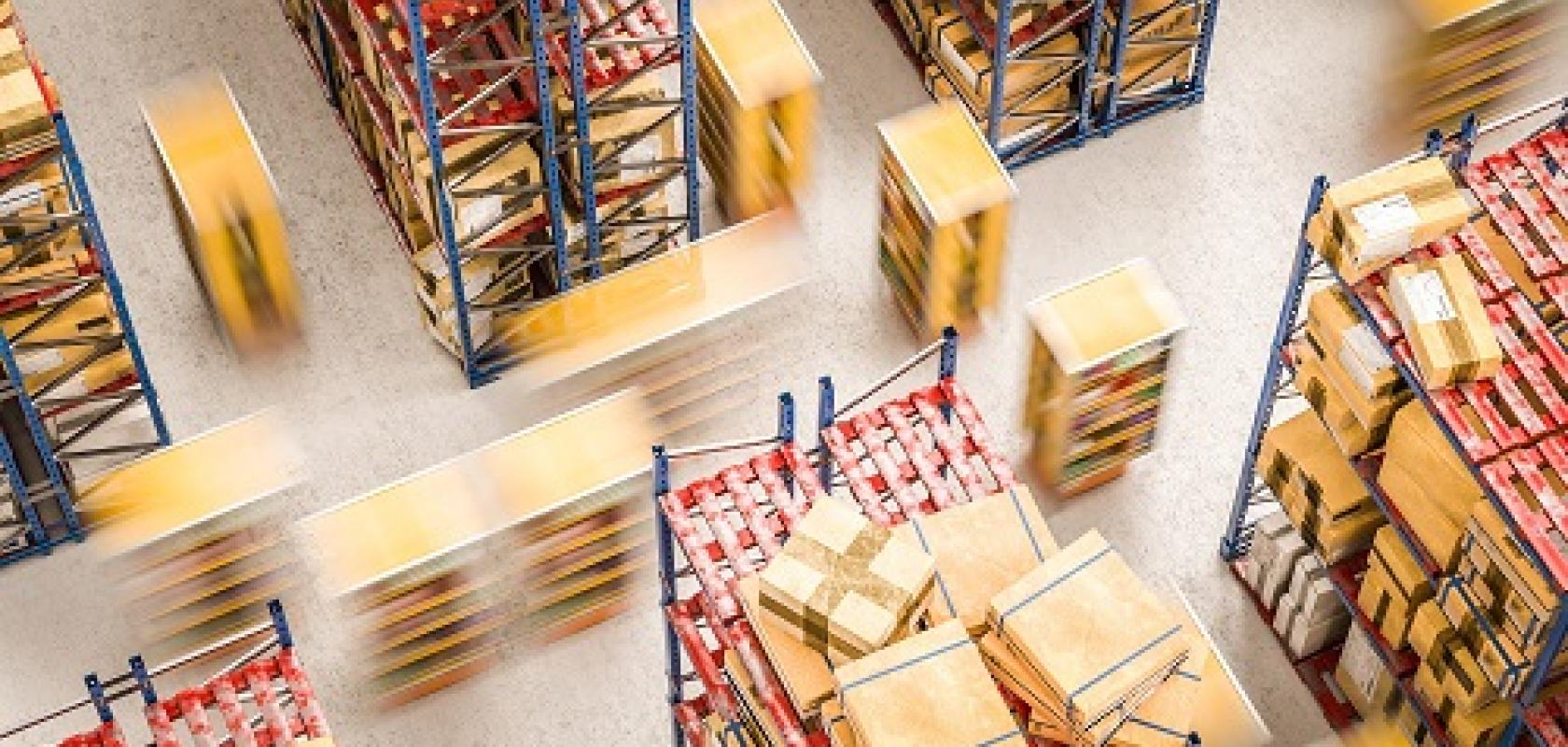Warehouses operate on dollars per square foot, with very different drivers for vision tech than a factory, writes Tom Brennan, president of Artemis Vision
Market forces and disruptions are driving profound changes in the warehousing industry. A summary of the forces involved could fill an entire edition of this magazine but, suffice to say, companies are turning to technology for a solution and, typically, this means automation.
We generally think of automation as something that replaces a person doing the mechanical aspect of a task, such as putting a pallet on the truck or packing an item in a box. However, we must consider that the person doing these tasks is performing a lot of visual checks along the way that we may not immediately think of. For example, they check that the pallet has no damage, that the slats hold as the pallet is lifted, that the truck is pulled up to the dock, that there is space to load the pallet, that the pallet belongs on the appropriate truck, and that the pallets are stacked in tightly and strapped as needed. This illustrates the mechanical automation needed to replace human tasks inevitably involves lots of vision, and a device that drives pallets onto trucks is a lot more than wheels and a battery pack for power.
While the technologies are the same, designing vision for a distribution centre or warehouse is significantly different than for the factory floor. The end goal for the warehouse is the speed at which a product reaches the customer at the lowest cost. Quality in a warehouse environment is not about improving the inherent quality of the product; it is avoiding damage and getting the right thing to the right destination.
There is also usually less on-site engineering in a warehouse, if any at all. Machine vision technology can be ‘right’, but the economics are often made on dollars per square foot, dollars per minute, and inventory turns – by this logic, a more automated warehouse that costs more can lose its competitive edge to a more local, less automated option. In factories, the more automated, advanced factory has generally won out against its less automated, local rival – but in warehousing and logistics, this isn’t necessarily the case.
One other aspect of the distribution market is that no one party controls the entire network. There are inevitably many more points of interconnectivity to other parties that have other needs, and you have to cooperate to get things done. Pre-sorting packages, for instance, is much more efficient for the downstream carrier, but requires fairly intense cooperation for the distribution centre, which is configuring sorters based on a downstream shipper’s route network. There are a lot of things outside the control of a distribution centre worker: they are loading the orders that arrive that day or from the truck that’s on the dock, while dealing with the reality that customers may have ordered specific items, some of which are on the truck that showed up and some of which are on one that did not. They simply have to adapt and get the job done – but no manufacturer runs that way.
In warehousing, we end up with a complex marketplace where vision can be a difficult sell. In our experience, the money is more often spent in tracking the products and, sometimes, preventing damage than in anything else. And warehouses are routinely operating at huge scales and with high-value items. Even a cheap product, such as a can of beans, will end up on a pallet with 6,000 to 8,000 others, which quickly equates to a €10,000 pallet. There are, of course, also many foods more expensive than beans and, beyond food, there are medicines, consumer goods and automotive parts. It all adds up. There are a lot of €100,000 pallets that need to be moved quickly, accurately and without damage being caused.
Suddenly an AGV solution that tips over a pallet a month because the wooden slats are broken doesn’t save as much money as you thought. Yes, you save €20 an hour paying the forklift driver but, because you can’t unilaterally control the quality of the pallets you’re receiving, the solution becomes no longer viable.
The two biggest forces requiring vision investment in this environment are navigation/guidance and quality. We all need vision to navigate our world and a quality-control mechanism is needed in this context to make assessments of whether to proceed with the task or to take action to correct an issue, such as a broken pallet. These two issues are not as easy to resolve as they seem and are often intertwined.
However, technology is filling this gap. 3D time-of-flight has made enormous improvements, and reliable centimetre accuracy in motion is enabling accurate navigation of warehouses and finding problematic pallets so people can correct the problem. Larger, higher resolution global shutter cameras continue to enter the market, allowing imaging of larger fields of view – entire pallets – to accuracies of 1mm per pixel, and this is enabling cameras to track freight by barcode – with the added benefit of photographic documentation – and find problems in pallets or individual boxes or bags.
We’ll see how the market continues to evolve, but vision is going to play a central role.

Tom Brennan is president of Artemis Vision, a company with headquarters in Denver, Colorado that builds machine vision systems for automated quality inspection and optimisation for manufacturing and logistics.


